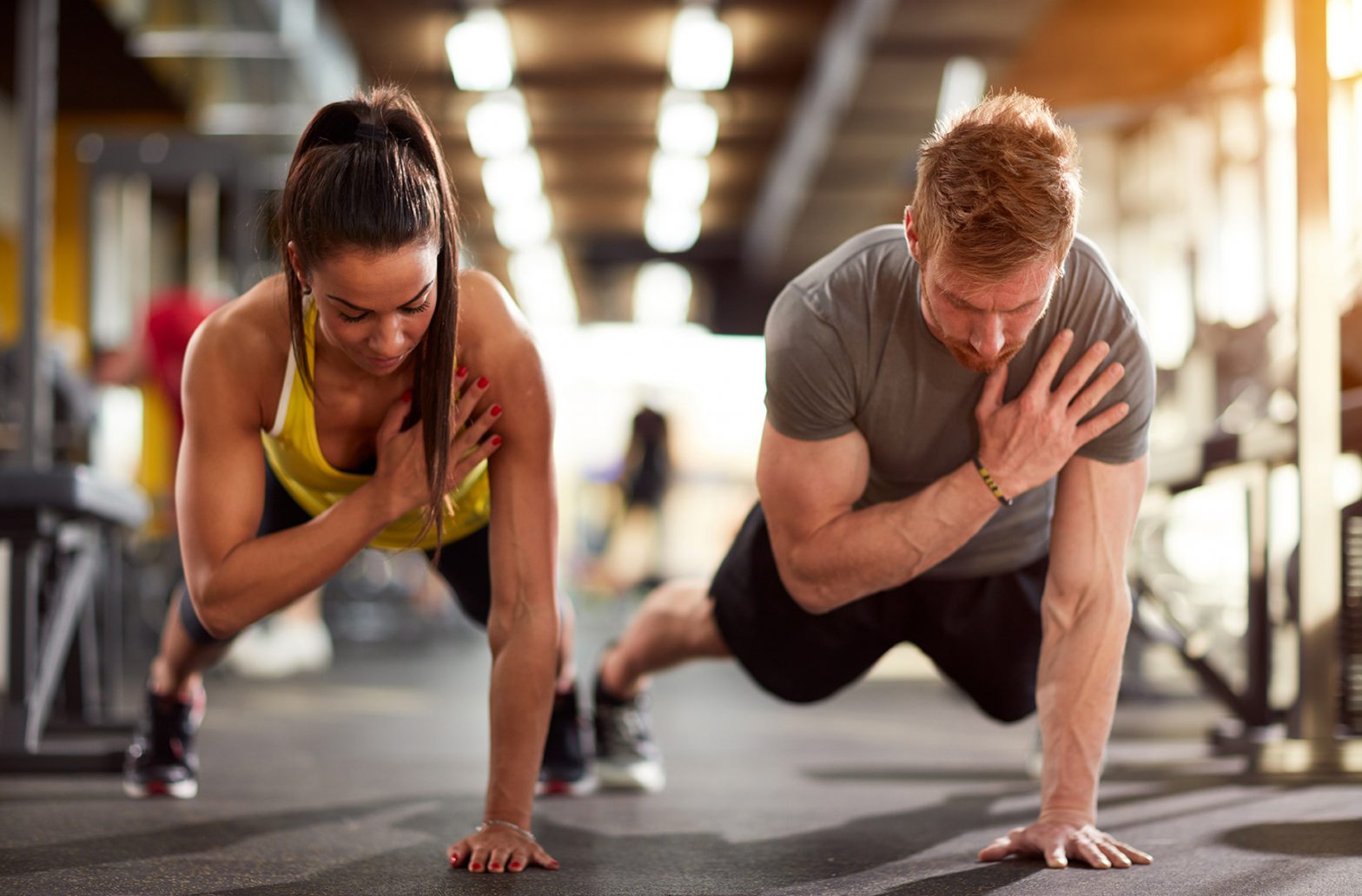How to Get Relief from Sore Muscles After a Workout
It can be very validating to feel sore muscles after a workout. We are sure that you felt a little pride after those extra sets of squats. No pain, no gain, right?) Muscle soreness after a workout is a common side effect of training. Your muscles will feel tired after a hard workout. They’ll eventually become stronger as your body recovers. This is normal. However, if the slight discomfort becomes unbearable or incapacitating, it is your body’s signal to tell you that you need to slow down.
It is important to identify the cause of your post-exercise muscle discomfort. Experts refer to it as delayed onset muscular soreness (DOMS). You can then focus on finding relief and adapting your recovery habits to prevent future soreness. This will allow you to get back to work when you want and where you need to, without too much downtime. This is how DOMS works and how to crush your workouts without feeling a significant burn the next day.
What is delayed onset soreness? How long can it last after a workout?
Experts believe small tears in your muscle fibres can cause delayed-onset muscle soreness. This is what Laura Miranda (new York physical therapist and trainer Laura Miranda ) tells SELF. She says that microtears in our muscles can cause pain and increase inflammation. The pain typically begins between 12-24 hours and peaks around 24 to 72 hours after your training stimulus.
Miranda states that this is the same process as building muscle. When your muscle fibres heal from these tears, they become stronger. It is a normal part of the process of muscle growth.
Miranda states that more muscle soreness (or DOMS) does not mean better, quicker, or stronger muscle-building results. It can be detrimental to your goals to get too sore after a workout, as you might find yourself skipping some workouts because of the discomfort.
There are many pain levels, depending on the extent of damage done and other factors such as genetics and how hydrated one is. However, it’s not something that you should be accustomed to.
What workouts can cause muscle soreness
Exercising with many eccentric movements is more likely to cause you to be unable or unable to walk the next day. Strength exercises are divided into two phases. The concentric is the phase where the muscle is reducing, usually the lifting part, and the eccentric is lengthening (usually the lowering part). You’re creating tears in muscle fibres during the eccentric phase. This is also where your muscles work at their best.
This can make it difficult to know when you are doing too much.
DOMS is also more common if your body is forced to move in ways it’s not used to, engage small muscles that your workouts don’t usually touch, or stress the muscles more than they’re used to or ready for. This could mean that you take a virtual boot camp class with a lot of lateral lunges and too many biceps curls (especially when they’re eccentric-focused), as well as a lot more volume (more sets or reps) than usual.
“Every now, there’s the chance that you get carried away. You might try a different class or a substitute instructor,” says Pete McCall (ACE-certified personal trainer, spokesperson, and host of the All About Fitness podcast), SELF. Extreme soreness can occur when you do something that your muscles are unfamiliar with, even if it’s just a competition boot camp class.
Is there a different type of muscle soreness?
There are several types of muscle discomfort that you might feel: DOMS, acute muscle soreness or injury.
Miranda explains that acute muscle soreness is a feeling of intense pain in the muscles. While DOMS will not cause you to feel sore for several hours or days, it can be acute and may occur during your workout. It will be felt in the muscles that you are working on. If you do overhead presses, it would feel in your shoulders and triceps. This is a sign that it’s time for you to stop, and you can’t get another rep.
Acute muscle soreness and DOMS tend to feel more general than actual injuries. For example, your whole leg or glutes might feel sore. An injury can cause pain or discomfort that is more specific. Miranda says that pain or abnormal feeling is usually associated with a particular movement. However, it will be a different kind of pain, which Miranda describes as sharper and more specific. A specific range of motion may also trigger it. For example, it might not occur when you move your arm but only when you rotate it.
Another way to determine which type you are experiencing is by feeling the discomfort bilaterally. Miranda says that DOMS is more common than injury if you feel discomfort bilaterally after a workout. DoMS should feel less severe after three days. An injury is more likely if it lasts longer than that. If this happens, you might want to visit your doctor or physical therapist.
Is it OK to exercise with sore muscles? What is the limit of how sore you can get after a workout?
It’s OK to exercise with sore muscles up to a point. You should avoid heavy exercise if you are experiencing severe muscle soreness, which can cause problems with daily activities such as walking upstairs or lifting your arms.
